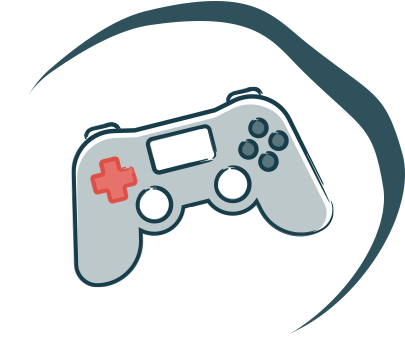Gamification may sound a bit gimmicky, but it’s actually a great way to engage learners and achieve positive results in turn…
To say gaming is popular worldwide would be an understatement – indeed, our planet is home to a whopping 2.3 billion gamers! So, taking the certain elements of gaming and using them in a learning context seems like a pretty good idea. (Caveat: so long as it is done in a pedagogically sound way to support the learning process) Of course, gamification can become superfluous if its sole purpose is just to wow its audience or nod to the latest fad.
So, what exactly is gamification? Gamification is where game-like traits are taken and used in non-gaming contexts. This technique can is applicable across a range of disciplines, and digital training is no exception – it’s been creating ripples in the eLearning industry for quite some time. If handled correctly, it’s a nifty way of getting learners to take on new information in a fun and interactive way so that it doesn’t feel like a chore. And with advances in AR and VR, the possibilities are developing by the second.
At Red Mirror HQ, we understand that it takes careful planning to put together a piece of eLearning that incorporates gamification. It doesn’t need to include every aspect of a full-blown videogame; it’s about filtering in the parts that complement the particular eLearning project in hand.
Many games include elements of storytelling and visual design. Much Red Mirror eLearning involves the learner moving through content as if they themselves were navigating their way through a story – this makes for a truly immersive experience and one that learners love.
A healthy bit of competition can work wonders to focus the mind and sustain engrossment. This can come in the form of the end-user battling it out against others on live leaderboards, competing against the clock or attempting to hit predetermined targets. Pitting the learner against themselves, the game or others means that they can be rewarded when they’ve achieved certain goals within the learning. This will help keep them on track, and they’ll be only too keen to keep striving for those targets – think bonus points, stars, badges and chances to level up!
Gamification can also include simulations, like in systems demos, which allows the learner to feel as though they’re learning in a practically applicable way.

